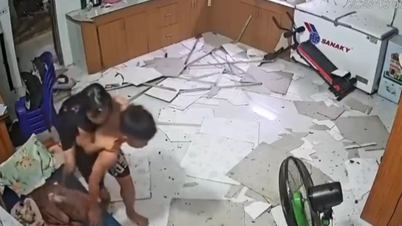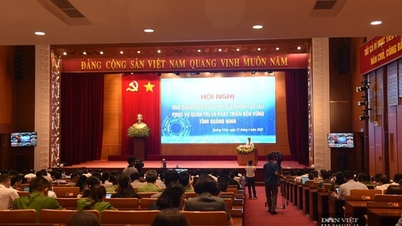
Illustration of the ghost phenomenon.
This question has been answered by research by scientist Richard Zare and colleagues at Stanford University in California/USA. They observed spontaneous sparks between methane and air bubbles in water in the laboratory. They called this microlightning and suggested that such phenomena could have enough energy to ignite methane.
Zare and his colleagues had seen water droplets, the size of a grain of salt, build up an electrical charge and spontaneously create sparks, so they thought the same effect might occur between methane bubbles in water. They used a nozzle to send microscopic methane bubbles mixed with air through the water and observed where the bubbles collided with a high-speed camera, as well as a photon counter and a spectrometer.
As the bubbles rise in the water, they change shape and accumulate electrical charge. When two bubbles meet, the difference in charge between them creates an electric spark, which Zare and his team recorded with both a camera and a photon counter.
Researcher Detlef Lohse at the University of Twente in the Netherlands said that although this is not a definitive explanation for the cause of the ghost phenomenon, it is a reasonable possibility and the results may spark further research.
Source: https://doanhnghiepvn.vn/kham-pha/tim-ra-nguyen-nhan-cua-hien-tuong-ma-troi/20251010084506637


![[Photo] Discover unique experiences at the first World Cultural Festival](https://vphoto.vietnam.vn/thumb/1200x675/vietnam/resource/IMAGE/2025/10/11/1760198064937_le-hoi-van-hoa-4199-3623-jpg.webp)





































![[Photo] General Secretary attends the parade to celebrate the 80th anniversary of the founding of the Korean Workers' Party](https://vphoto.vietnam.vn/thumb/1200x675/vietnam/resource/IMAGE/2025/10/11/1760150039564_vna-potal-tong-bi-thu-du-le-duyet-binh-ky-niem-80-nam-thanh-lap-dang-lao-dong-trieu-tien-8331994-jpg.webp)




































































Comment (0)